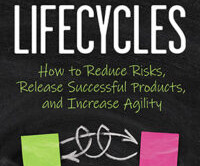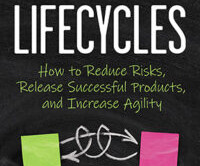Leadership Tip #11: Substitute the Word Trust for Empower
Johanna Rothman
JULY 20, 2021
We talk a lot about empowered or self-organizing teams in the agile community. When Mark Kilby and I wrote From Chaos to Successful Distributed Agile Teams , we said the easiest way to create a system that worked for the team was for the team to create its own board. Agile Approaches Require Management Cultural Change.
































Let's personalize your content